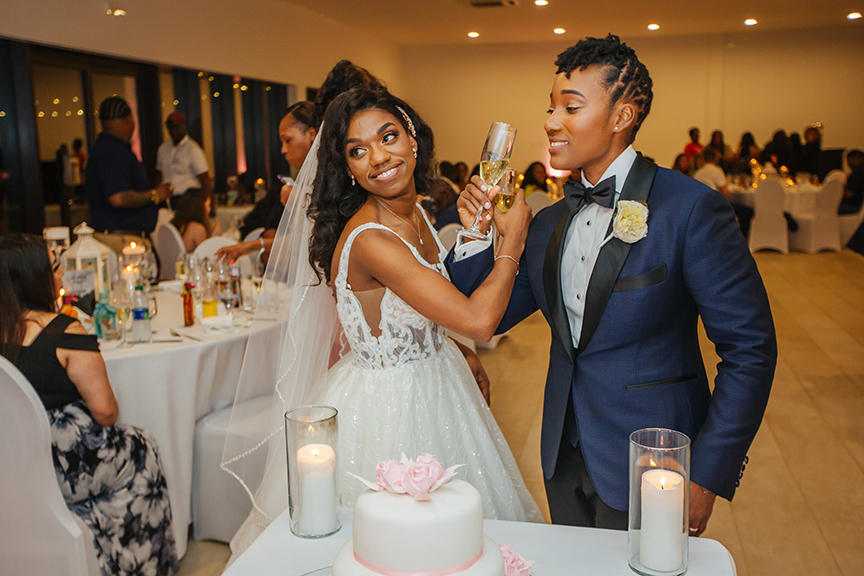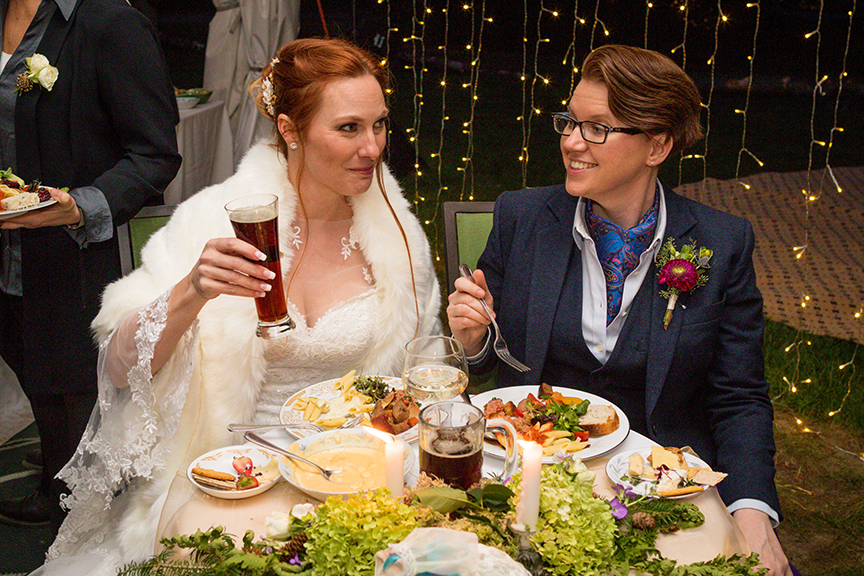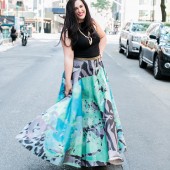Client consultations are generally your first chance to truly get to know a prospective client and learn about their event needs. It also serves as your opportunity to sell them on your brand and push them toward booking your services. As a whole, effective selling requires a fine-tuned approach that is sensitive to each clients’ individual needs while maintaining brand consistency.

Photo courtesy Kathryn Copper Weddings
For many event professionals, working with LGBTQ+ clients can bring up some uncomfortable situations—not out of feelings of hostility or hate, but rather a general ignorance rooted in inexperience. Your heart may be in the right place, but you don’t want to risk offending a prospect because you’re not acquainted with the customary etiquette of the LGBTQ+ community.
See Brittny Drye this July at The Special Event + Catersource Conference & Tradeshow in Miami. Learn More.
Fortunately, you can easily overcome this unfamiliarity by educating yourself about inclusivity. The fact that you’re here reading this article is already a great start! Read on for tips to implement in your business to ensure that every lead that walks in the door feels welcomed and appreciated.
Gather the right information in advance.
Heading into a consultation, you typically get a few details to help you prepare: ideal event date, budget, and perhaps an introduction to the client’s overall vision. In order to be sensitive and approachable, consider adding a few questions to the mix. Ask prospects for their pronouns from the very beginning, ideally in your contact form or initial exchange. It also helps to ask who exactly will attend the consultation, as you’ll have a better idea of who you’ll be speaking with. Keep it open-ended, simply asking “Who can we expect at the consultation?”
Confirm that documentation is gender-neutral.
For many years, the wedding industry defaulted to terms like “bride and groom” and “his and hers.” Of course, this is exclusionary language, so it’s time to update your documents if you haven’t already. Review all of your proposals, contracts, questionnaires, tasting sheets, and the like to ensure they are gender-neutral and inclusive. If you do need to list titles, be sure to include a non-binary option like Mx. (pronounced “mix”).

Photo courtesy Kathryn Copper Weddings.
Implement diversity training.
If you’re not the only one handling consultations, you need to ensure that your inclusive approach is consistent across the board. A great way to teach your team about an equality-minded approach is to hire an inclusivity expert who can thoroughly train your team on how to work with people from all walks of life. There are many opportunities available for in-person consultations and online courses, so consider looking into some of the leading LGBTQ+ consulting professionals like The Equality Institute and our very own Love Inc.
Accept your mistakes.
Errors happen and, if you make a misstep, it’s best to apologize directly, correct yourself, and move along. While you certainly don’t want to pretend like it didn’t happen, you also don’t want to focus too much on the slipup. It’s not about you and your discomfort; it’s about making the person on the other side of the table (or screen) feel welcome. If you become paralyzed by using the wrong pronoun or making an assumption, it will make your prospective client feel like they need to make you feel better. It’s not their job to teach you; educate yourself about equality-mindedness and, if you make a mistake, own up to it and commit to never making it again.
At the end of the day, the best way to take care of your LGBTQ+ prospects and clients is simply to avoid making any assumptions. Let your clients share as much as they’re comfortable and practice active listening when discussing their event plans. You are not entitled to anyone’s personal backstory, so treat everyone with equal respect and care to their needs.



